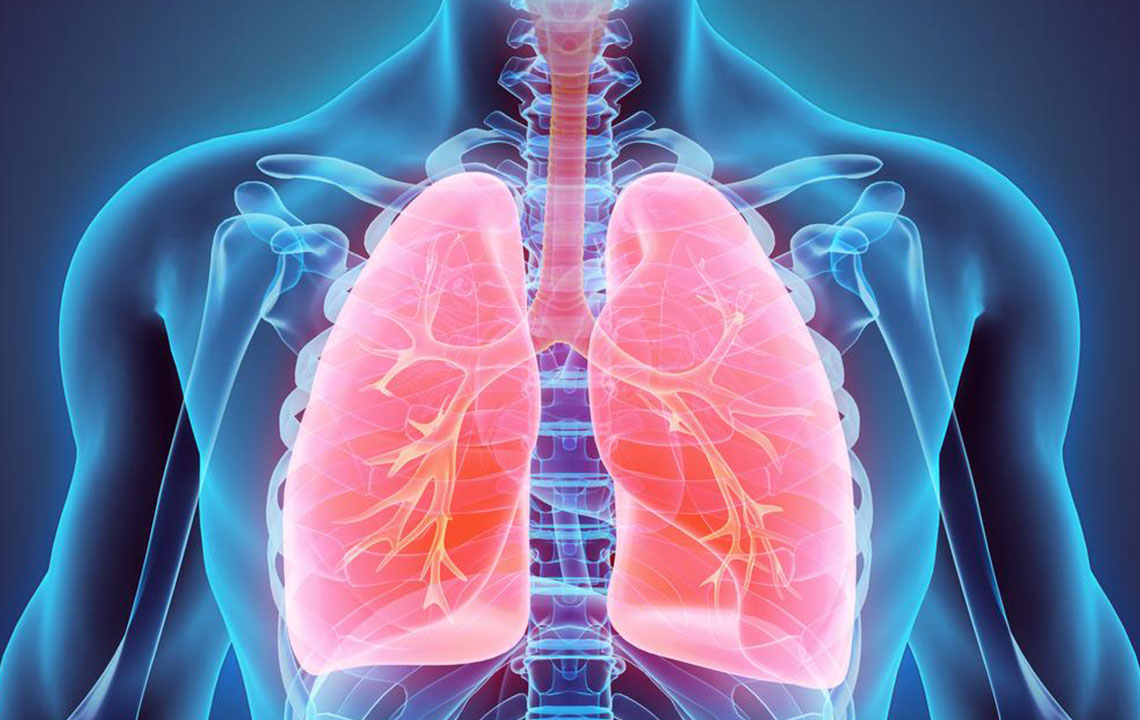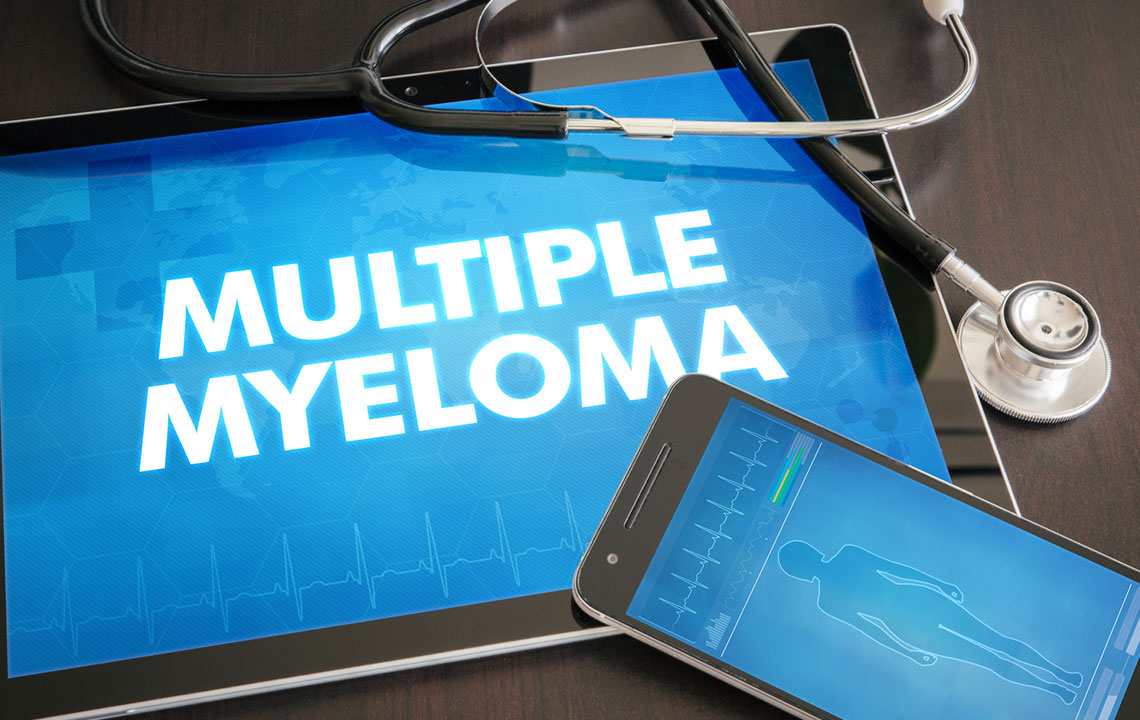Comprehensive Guide to Factors Affecting Breast Cancer Risk and Prevention
Explore comprehensive insights into the key factors influencing breast cancer risk, including lifestyle elements, environmental exposures, and preventative strategies. This detailed guide highlights how habits like smoking, weight management, alcohol intake, and environmental awareness impact risk. Learn effective steps for early detection and prevention to reduce your chance of developing breast cancer. Empower yourself with knowledge and make informed health decisions to protect your future.

Comprehensive Guide to Factors Affecting Breast Cancer Risk and Prevention
Breast cancer remains one of the most common cancers affecting women worldwide, though it can also occur in men. Understanding the multifaceted factors that influence breast cancer risk is essential for effective prevention, early detection, and improved treatment outcomes. This extensive overview explores the key biological, environmental, and lifestyle factors that contribute to the development of breast cancer, along with practical strategies to mitigate these risks. Whether you are looking to reduce your personal risk or seeking information for healthcare decisions, this guide provides comprehensive insights into the major influences on breast cancer susceptibility.
While genetic predisposition plays a role, many risk factors are modifiable through lifestyle changes and environmental awareness. Recognizing these elements enables individuals to take proactive steps in reducing their likelihood of developing this disease. It is always advisable to consult healthcare professionals for personalized risk assessment and prevention strategies.
Understanding Breast Cancer: Causes and Development
Breast cancer originates from genetic mutations within the cells of the breast tissue. These mutations disrupt the normal process of cell growth and division, leading to uncontrolled proliferation of abnormal cells. Over time, these malignant cells can invade nearby tissues and potentially metastasize to other parts of the body. While the exact cause of these genetic changes is often unknown, researchers have identified various risk factors that influence the likelihood of occurrence.
Key Risk Factors that Influence Breast Cancer Development
Many elements contribute to breast cancer risk, ranging from genetic and hormonal factors to environmental exposures and lifestyle choices. Here, we delve into the most significant contributors:
1. Tobacco Smoking
Smoking tobacco has long been associated with a multitude of cancers, including breast cancer. Carcinogens in cigarette smoke cause direct damage to cellular DNA, increasing mutation rates in breast tissue cells. Not only does smoking elevate the risk of developing breast cancer, but it also adversely affects treatment efficacy and impairs recovery post-surgery. Women who smoke, especially those undergoing hormonal therapies, face a compounded risk. Smoking cessation is a crucial preventive step, providing immediate and long-term health benefits.
2. Excess Body Weight and Obesity
Maintaining a healthy weight is vital in reducing breast cancer risk, particularly after menopause. Obesity leads to elevated levels of estrogen and insulin—both hormones associated with cell proliferation and tumor growth. Excess adipose tissue acts as an endocrine organ, releasing hormones and growth factors that can promote cancer development. Incorporating regular physical activity, balanced nutrition, and mindful eating habits can significantly help in weight management. Studies show that women who lose weight after menopause experience a notable decrease in breast cancer risk.
3. Alcohol Consumption
Alcohol intake is a well-known risk factor that influences hormone levels, especially estrogen, which plays a critical role in breast cancer development. Excessive drinking increases the likelihood of various cancers and can interfere with the body’s ability to repair damaged DNA. Public health guidelines recommend limiting alcohol consumption, ideally to no more than one standard drink per day, to reduce cancer risk and promote overall health. Abstaining from alcohol altogether offers the most significant protective benefit.
4. Hormone Replacement Therapy (HRT)
HRT is commonly prescribed to alleviate menopausal symptoms, but prolonged or unsupervised use can elevate breast cancer risk. Hormonal therapies typically involve estrogen alone or in combination with progesterone, which can stimulate breast cell proliferation. Healthcare providers should carefully evaluate the risks and benefits before initiating HRT and consider alternative options or shortest effective durations. Regular screening and risk assessment are essential for women on hormone therapy.
5. Environmental Pollution and Toxins
Increasing evidence links exposure to environmental pollutants with higher breast cancer incidence. Air pollutants such as nitrogen dioxide and nitrogen oxides, emitted from traffic congestion and industrial activities, contain toxins that can interfere with cellular functions and promote carcinogenesis. Living in areas with poor air quality increases long-term health risks. Minimizing exposure involves staying indoors during high pollution periods, using air purifiers, and advocating for cleaner environment policies.
6. Radiation Exposure
Ionizing radiation is a significant risk factor, capable of causing DNA damage that can lead to cancer. Medical procedures involving radiation, such as X-rays and CT scans, although beneficial for diagnosis, carry a small increased risk of secondary malignancies years later. Therapeutic radiation to treat existing cancers may also raise the likelihood of secondary cancers like breast angiosarcoma. It is essential to balance the necessary benefits of radiation exposure with potential long-term risks and to employ protective measures whenever possible.
Prevention Strategies and Lifestyle Recommendations
Reducing breast cancer risk involves a combination of lifestyle modifications, environmental awareness, and regular medical screenings. Here are key preventive strategies:
Quit smoking: Seek support through counseling, nicotine replacement, and community programs.
Limit alcohol intake: Follow recommended guidelines and consider abstinence.
Achieve and maintain a healthy weight: Engage in regular physical activity and eat a balanced diet rich in fruits, vegetables, and whole grains.
Avoid environmental pollutants: Reduce exposure by staying informed about air quality and supporting environmental health initiatives.
Use protective measures against radiation: Limit unnecessary medical imaging and follow safety protocols during necessary procedures.
Regular screening and genetic testing: Participate in routine mammograms and consult genetic counselors if there's a family history of breast cancer.
Early detection significantly improves treatment outcomes. Be vigilant about changes in breast appearance or sensation, and seek medical attention promptly if any abnormalities are noticed.
While not all factors are controllable, adopting a proactive approach to lifestyle and exposure can greatly decrease breast cancer risk. Stay informed, consult healthcare professionals regularly, and make health-conscious decisions to safeguard your well-being.
In conclusion, understanding the various factors influencing breast cancer risk empowers individuals to take preventative measures. From lifestyle choices like quitting smoking and managing weight to environmental awareness and medical screening, each step contributes to reducing the likelihood of this disease. Lifelong attention to health and early intervention are your best defenses against breast cancer. Stay proactive, and prioritize your health today.





